当前位置:网站首页>Kotlin挂起函数原理是什么
Kotlin挂起函数原理是什么
2022-08-04 17:13:00 【亿速云】
Kotlin挂起函数原理是什么
今天小编给大家分享一下Kotlin挂起函数原理是什么的相关知识点,内容详细,逻辑清晰,相信大部分人都还太了解这方面的知识,所以分享这篇文章给大家参考一下,希望大家阅读完这篇文章后有所收获,下面我们一起来了解一下吧。
一、序言
Kotlin挂起函数平时在学习和工作中用的比较多,掌握其原理还是很有必要的。
ps: 文中所用的Kotlin版本是1.7.0。
二、CPS原理
在某个Kotlin函数的前面加个suspend函数,它就成了挂起函数(虽然内部不一定会挂起,内部不挂起的称为伪挂起函数)。
先随便写个挂起函数
suspend fun getUserName(): String { delay(1000L) return "云天明"}然后通过Android Studio的Tools->Kotlin->Show Kotlin Bytecode->Decompile,现在我们拿到了Kotlin字节码反编译之后的Java代码:
public static final Object getUserName(@NotNull Continuation var0) { ...}可以看到该函数被编译之后,多了一个Continuation参数,其次,返回值变成了Object。下面,我们详细来讨论一下这2种变化:函数参数和函数返回值。
CPS参数变化
上面的suspend fun getUserName(): String函数,如果我在Java中调用的话,会看到Android Studio提示我们

从图中可以看到,新增了一个参数,也就是Continuation,它其实是一个Callback,只是换了个名字而已。
来看下它的定义:
/** * Interface representing a continuation after a suspension point that returns a value of type `T`. */@SinceKotlin("1.3")public interface Continuation<in T> { /** * 当前continuation所在协程的上下文 */ public val context: CoroutineContext /** * 继续执行后面的协程代码,同时把结果回调出去,结果可能是成功或失败 */ public fun resumeWith(result: Result<T>)}这个Callback接口会在resumeWith回调结果给外部。
CPS返回值变化
在上面的Continuation接口的定义中,其实还有个小细节,它带了个泛型T。这个泛型T就是我们suspend函数返回值的类型,上面的getUserName返回值是String,编译之后,这个String就来到了Continuation的泛型中。
而getUserName编译之后的返回值变成了Object。为啥是Object?它有什么用?这个返回值其实是用来标识该函数是否挂起的标志,如果返回值是Intrinsics.COROUTINE_SUSPENDED,那么说明该函数被挂起了(挂起函数的结果不是通过函数返回值来获取的,而是通过Continuation,也就是Callback回调得到的结果)。
如果该函数是伪挂起函数(里面没有其他挂起函数,但还是会进行CPS转换),则是直接返回结果。
举个例子,下面这个就是真正的挂起函数:
suspend fun getUserName(): String { delay(1000L) return "云天明"}当执行到delay的时候,就会返回Intrinsics.COROUTINE_SUSPENDED表示该函数被挂起了。
下面这个则是伪挂起函数:
suspend fun getName():String { return "程心"}这种伪挂起函数不会返回Intrinsics.COROUTINE_SUSPENDED,而是直接返回结果,它不会被挂起。它看起来就仅仅是一个普通函数,但还是会进行CPS转换,CPS转换只认suspend关键字。你如果像上面这样写,其实Android Studio也会提示你,说这个suspend关键字没用,叫你把它移除掉。
所以,suspend函数编译之后的返回值变成了Object,因为要兼容伪挂起函数的返回值,而伪挂起函数可能返回任何值,而且还可能为空。
下面我们就来详细的探索一下挂起函数的底层原理,看看挂起函数反编译之后是什么样子。
三、挂起函数的反编译
我们先写个很简单的suspend函数,然后将其反编译,然后分析一下。具体的流程是我们用Android Studio写个挂起函数的demo,然后编译成apk,然后将apk用jadx反编译一下,拿到对应class的反编译Java源码,这样弄出来的源码我感觉比直接通过Android Studio的Tools->Kotlin->Show Kotlin拿到的源码稍微好看懂一些。
首先,我创建了一个CpsTest.kt文件,然后在里面写了一个函数:
package com.xfhy.coroutineimport kotlinx.coroutines.delaysuspend fun getUserName(): String { delay(1000L) return "云天明"}就这样,一个很普通的挂起函数,在内部只是简单调用了下delay,延迟1000L,再返回结果“云天明”。虽然这个函数很简单,但反编译出来的代码却有点多,而且不好看懂,我先把原代码贴出来,待会儿再放我重新组织过的代码,作为对比:
public final class CpsTestKt { @Nullable public static final Object getUserName(@NotNull Continuation var0) { Object $continuation; label20: { if (var0 instanceof <undefinedtype>) { $continuation = (<undefinedtype>)var0; if ((((<undefinedtype>)$continuation).label & Integer.MIN_VALUE) != 0) { ((<undefinedtype>)$continuation).label -= Integer.MIN_VALUE; break label20; } } $continuation = new ContinuationImpl(var0) { // $FF: synthetic field Object result; int label; @Nullable public final Object invokeSuspend(@NotNull Object $result) { this.result = $result; this.label |= Integer.MIN_VALUE; return CpsTestKt.getUserName(this); } }; } Object $result = ((<undefinedtype>)$continuation).result; Object var3 = IntrinsicsKt.getCOROUTINE_SUSPENDED(); switch(((<undefinedtype>)$continuation).label) { case 0: ResultKt.throwOnFailure($result); ((<undefinedtype>)$continuation).label = 1; if (DelayKt.delay(1000L, (Continuation)$continuation) == var3) { return var3; } break; case 1: ResultKt.throwOnFailure($result); break; default: throw new IllegalStateException("call to 'resume' before 'invoke' with coroutine"); } return "云天明"; }}这反编译之后的东西不太好看懂,我重新组织了一下:
public final class CpsTestKt { public static final Object getUserName(Continuation<? super java.lang.String> continuation) { //这个TestContinuation实质上是一个匿名内部类,这里给它取个名字而已 final class TestContinuation extends ContinuationImpl { //协程状态机当前的状态 int label; //保存invokeSuspend回调时吐出来的返回结果 Object result; TestContinuation(Continuation continuation) { super(continuation); } //invokeSuspend比较重要,它是状态机的入口,会将执行流程交给getUserName再次调用 //协程的本质,就是CPS+状态机 public final Object invokeSuspend(Object obj) { //callback回调时会把结果带出来 this.result = obj; this.label |= Integer.MIN_VALUE; //开启协程状态机 return CpsTestKt.getUserName(this); } } TestContinuation testContinuation; label20: { //不是第一次进入,则走这里,把continuation转成TestContinuation,TestContinuation只会生成一个实例,不会每次都生成。 if (continuation instanceof TestContinuation) { testContinuation = (TestContinuation) continuation; if ((testContinuation.label & Integer.MIN_VALUE) != 0) { testContinuation.label -= Integer.MIN_VALUE; break label20; } } //如果是第一次进入getUserName,则TestContinuation还没被创建,会走到这里,此时先去创建一个TestContinuation testContinuation = new TestContinuation(continuation); } //将之前执行的结果取出来 Object $result = testContinuation.result; //挂起的标志,如果需要挂起的话,就返回这个flag Object flag = IntrinsicsKt.getCOROUTINE_SUSPENDED(); //状态机 switch (testContinuation.label) { case 0: // 检测异常 ResultKt.throwOnFailure($result); //将label的状态改成1,方便待会儿执行delay后面的代码 testContinuation.label = 1; //0. 调用DelayKt.delay函数 //1. 将testContinuation传了进去 //2. DelayKt.delay是一个挂起函数,正常情况下,它会立马返回一个值:IntrinsicsKt.COROUTINE_SUSPENDED(也就是这里的flag),表示该函数已被挂起,这里就直接return了,该函数被挂起 //3. 恢复执行:在DelayKt.delay内部,到了指定的时间后就会调用testContinuation这个Callback的invokeSuspend //4. invokeSuspend中又将执行getUserName函数,同时将之前创建好的testContinuation传入其中,开始执行后面的逻辑(label为1的逻辑),该函数继续往后面执行(也就是恢复执行) if (DelayKt.delay(1000L, testContinuation) == flag) { return flag; } break; case 1: // 检测异常 ResultKt.throwOnFailure($result); //label 1这里没有return,而是会走到下面的return "云天明"语句 break; default: throw new IllegalStateException("call to 'resume' before 'invoke' with coroutine"); } return "云天明"; }}在getUserName函数中,会多出一个ContinuationImpl的子类,它是一个匿名内部类(为了方便,给它取了个名字TestContinuation),也是整个协程挂起函数的核心。在这个TestContinuation中有2个变量
label: 协程状态机当前的状态
result: 保存invokeSuspend回调时吐出来的返回结果
invokeSuspend是一个抽象方法,当协程从挂起状态想要恢复时,就得调用这个invokeSuspend,然后继续走状态机逻辑,继续执行后面的代码。具体是怎么调用这个invokeSuspend的,后面有机会再细说。暂时我们只要知道,这里是恢复的入口就行。invokeSuspend内部会把结果(这个结果可能是正常的结果,也可能是Exception)取出来,开启协程状态机。
分析完TestContinuation,再来看一下第一次进入getUserName是怎么走的。
首先,第一次进入时,continuation肯定不是TestContinuation,因为此时还没有new过TestContinuation实例,所以会走到创建TestContinuation的逻辑,并且会把continuation包进去。
然后刚创建完的testContinuation的label未赋其他值,那就是初始值0了。那么switch状态机那里,就走case 0,先把label改成1,因为马上就要挂起了,待会儿恢复时需要执行下一个状态的代码。
调用Kotlin的库函数delay,它是一个挂起函数,将testContinuation传入其中,方便它进行invokeSuspend回调。调用挂起函数,那么它可能会返回
COROUTINE_SUSPENDED,表示它已经被挂起了,如果是挂起了那么getUserName就走完了,到时会从invokeSuspend恢复。在还没有恢复的时候,这个协程所在的线程可以去做其他事情。
恢复的时候,又开始从头走getUserName,此时的continuation已经是TestContinuation,不会重新创建。它的label之前已经被改成1了的,所以switch状态机那里,会走到case 1,先检测一下有没有异常,没有异常就返回真正的返回值了“云天明”。
分析到这里也就完了,上面就是一个非常简单的挂起函数的反编译分析的整个过程。下面我们简单分析一下伪挂起函数会带来什么效果。
四、伪挂起函数
在之前的CpsTest.kt里面简单改一下
suspend fun fakeSuspendFun() = "维德"suspend fun getUserName(): String { println(fakeSuspendFun()) return "云天明"}像fakeSuspendFun这种就是伪挂起函数,平时不建议像fakeSuspendFun这么写,即使写了,Android Studio也会提示你,这suspend关键字没用,内部没有挂起。它内部没有挂起的逻辑,但是它有suspend关键字,那么Kotlin编译器依然会给它做CPS转换。
public final class CpsTestKt { @Nullable public static final Object fakeSuspendFun(@NotNull Continuation<? super java.lang.String> $completion) { return "维德"; } @Nullable public static final Object getUserName(@NotNull Continuation<? super java.lang.String> continuation) { final class TestContinuation extends ContinuationImpl { int label; Object result; TestContinuation(Continuation continuation) { super(continuation); } public final Object invokeSuspend(Object obj) { this.result = obj; this.label |= Integer.MIN_VALUE; return CpsTestKt.getUserName(this); } } TestContinuation testContinuation; label20: { if (continuation instanceof TestContinuation) { testContinuation = (TestContinuation) continuation; if ((testContinuation.label & Integer.MIN_VALUE) != 0) { testContinuation.label -= Integer.MIN_VALUE; break label20; } } testContinuation = new TestContinuation(continuation); } Object $result = testContinuation.result; Object flag = IntrinsicsKt.getCOROUTINE_SUSPENDED(); //变化在这里,这个变量用来存储fakeSuspendFun的返回值 Object var10000; switch(testContinuation.label) { case 0: ResultKt.throwOnFailure($result); testContinuation.label = 1; var10000 = fakeSuspendFun((Continuation)$continuation); if (var10000 == flag) { //如果是挂起,那么直接返回COROUTINE_SUSPENDED return flag; } //显然,这里是不会挂起的,会走这里的break break; case 1: ResultKt.throwOnFailure($result); var10000 = $result; break; default: throw new IllegalStateException("call to 'resume' before 'invoke' with coroutine"); } //走这里 Object var1 = var10000; System.out.println(var1); return "云天明"; }}在调用伪挂起函数时,不会挂起,它不会返回COROUTINE_SUSPENDED,而是继续往下走。
五、多个挂起函数前后关联
平时在工作中,可能经常会有多个挂起函数前后是关联的,后面一个挂起函数需要前面一个挂起函数的结果来干点事情,比上面只有一个getUserName挂起函数稍微复杂些,我们来分析一下。
比如我们拿到一个需求,展示我的朋友圈,假设获取流程如下:获取用户id->根据用户id获取该用户的好友列表->获取好友列表每个人的朋友圈。下面是非常简单的实现:
//需求: 获取用户id->根据用户id获取该用户的好友列表->获取好友列表每个人的朋友圈suspend fun showMoments() { println("start") val userId = getUserId() println(userId) val friendList = getFriendList(userId) println(friendList) val feedList = getFeedList(userId, friendList) println(feedList)}suspend fun getUserId(): String { delay(1000L) return "1sa13124daadar2"}suspend fun getFriendList(userId: String): String { println("正在获取${userId}的朋友列表") delay(1000L) return "云天明, 维德"}suspend fun getFeedList(userId: String, list: String): String { println("获取${userId}的朋友圈($list)") delay(1000L) return "云天明: 酒好喝吗?烟好抽吗?即使是可口可乐,第一次尝也不好喝,让人上瘾的东西都是这样;\n维德: 前进!前进!!不择手段地前进!!!"}它的执行结果如下:
start
1sa13124daadar2
正在获取1sa13124daadar2的朋友列表
云天明, 维德
获取1sa13124daadar2的朋友圈(云天明, 维德)
云天明: 酒好喝吗?烟好抽吗?即使是可口可乐,第一次尝也不好喝,让人上瘾的东西都是这样;
维德: 前进!前进!!不择手段地前进!!!
end
这段代码要稍微复杂一些,这些挂起函数前后关联,前面获取到的数据后面的挂起函数需要使用到。相应的,它们反编译之后也要复杂一些。但是没关系,我已经把晦涩难懂的代码重新组装了一下,方便大家阅读。同时,在下面的代码中,每一步在走哪个分支,都有详细的注释分析,帮助大家理解。
public final class TestSuspendKt { @Nullable public static final Object showMoments(@NotNull Continuation<? super Unit> continuation) { ShowMomentsContinuation showMomentsContinuation; label37: { if (continuation instanceof ShowMomentsContinuation) { //非第一次进showMoments,则走这里,continuation已经是ShowMomentsContinuation了 showMomentsContinuation = (ShowMomentsContinuation)continuation; if ((showMomentsContinuation.label & Integer.MIN_VALUE) != 0) { showMomentsContinuation.label -= Integer.MIN_VALUE; break label37; } } //第一次,走这里,初始化ShowMomentsContinuation,将传入的continuation包起来 showMomentsContinuation = new ShowMomentsContinuation(continuation); final class ShowMomentsContinuation extends ContinuationImpl { int label; Object result; //存放临时数据 Object tempData; ShowMomentsContinuation(Continuation continuation) { super(continuation); } public final Object invokeSuspend(Object obj) { this.result = obj; this.label |= Integer.MIN_VALUE; return CpsTestKt.getUserName(this); } } } //存放每个函数的返回结果,临时放一下 Object computeResult; label31: { String userId; Object flag; label30: { //从continuation中把result取出来 Object $result = showMomentsContinuation.result; flag = IntrinsicsKt.getCOROUTINE_SUSPENDED(); switch(showMomentsContinuation.label) { case 0: //第一次,走这里,检测异常 ResultKt.throwOnFailure($result); System.out.println("start"); //将label改成1 showMomentsContinuation.label = 1; //执行getUserId函数,computeResult用来接收返回值 computeResult = getUserId((Continuation)showMomentsContinuation); //getUserId是挂起函数,不出意外的话,computeResult的值会是COROUTINE_SUSPENDED,这里就直接return了 //showMoments函数这一次执行,就算完成了。 //恢复执行时,会走ShowMomentsContinuation 的invokeSuspend,走下面label等于1的逻辑 if (computeResult == flag) { return flag; } break; case 1: //第二次执行showMoments时,label已经等于1了,走这里. ResultKt.throwOnFailure($result); computeResult = $result; break; case 2: //第三次执行showMoments时,label已经等于2了,走这里. //先将之前暂存的userId取出来,马上需要用到 userId = (String)showMomentsContinuation.tempData; ResultKt.throwOnFailure($result); computeResult = $result; break label30; case 3: //第四次执行showMoments时,label已经等于3了,走这里. ResultKt.throwOnFailure($result); computeResult = $result; break label31; default: throw new IllegalStateException("call to 'resume' before 'invoke' with coroutine"); } //第二次执行showMoments时,label=1,会走到这里来,将getUserId函数回调回来的userId保存起来,并输出 userId = (String)computeResult; System.out.println(userId); //将userId放continuation里面暂存起来 showMomentsContinuation.tempData = userId; //又要执行挂起函数了,这里将label改成2 showMomentsContinuation.label = 2; //开始调用getFriendList computeResult = getFriendList(userId, (Continuation)showMomentsContinuation); //getFriendList是挂起函数,不出意外的话,computeResult的值会是COROUTINE_SUSPENDED,这里就直接return了 //showMoments函数这一次执行,就算完成了。 //恢复执行时,会走ShowMomentsContinuation 的invokeSuspend,走上面label等于2的逻辑 if (computeResult == flag) { return flag; } } //第三次执行showMoments时,label=2,会走到这里来,将getFriendList函数回调回来的friendList输出 String friendList = (String)computeResult; System.out.println(friendList); showMomentsContinuation.tempData = null; //又要执行挂起函数了,这里将label改成3 showMomentsContinuation.label = 3; //开始调用getFeedList computeResult = getFeedList(userId, friendList, (Continuation)showMomentsContinuation); //getFeedList是挂起函数,不出意外的话,computeResult的值会是COROUTINE_SUSPENDED,这里就直接return了 //showMoments函数这一次执行,就算完成了。 //恢复执行时,会走ShowMomentsContinuation 的invokeSuspend,走上面label等于3的逻辑 if (computeResult == flag) { return flag; } } //第四次执行showMoments时,label=3,会走到这里来,将getFeedList函数回调回来的feedList输出 String feedList = (String)computeResult; System.out.println(feedList); System.out.println("end"); //showMoments函数这一次执行,就算完成了。 //没有剩下的挂起函数需要执行了 return Unit.INSTANCE; } //因为getUserId、getFriendList、getFeedList中的匿名内部类逻辑与showMoments中的一模一样,故没有将其重新组织语言 @Nullable public static final Object getUserId(@NotNull Continuation var0) { Object $continuation; label20: { //这里的<undefinedtype>就是在getUserId函数里生成的new ContinuationImpl匿名内部类 if (var0 instanceof <undefinedtype>) { $continuation = (<undefinedtype>)var0; if ((((<undefinedtype>)$continuation).label & Integer.MIN_VALUE) != 0) { ((<undefinedtype>)$continuation).label -= Integer.MIN_VALUE; break label20; } } $continuation = new ContinuationImpl(var0) { // $FF: synthetic field Object result; int label; @Nullable public final Object invokeSuspend(@NotNull Object $result) { this.result = $result; this.label |= Integer.MIN_VALUE; return TestSuspendKt.getUserId(this); } }; } Object $result = ((<undefinedtype>)$continuation).result; Object var3 = IntrinsicsKt.getCOROUTINE_SUSPENDED(); switch(((<undefinedtype>)$continuation).label) { case 0: //第一次执行getUserId时,走这里 ResultKt.throwOnFailure($result); //马上要开始执行挂起函数了,label先改一下 ((<undefinedtype>)$continuation).label = 1; //执行delay,正常情况下,会返回COROUTINE_SUSPENDED,于是getUserId这一次就执行完了,return了 //恢复时会回调上面的匿名内部类$continuation中的invokeSuspend if (DelayKt.delay(1000L, (Continuation)$continuation) == var3) { return var3; } break; case 1: //第二次执行getUserId时,也就是delay执行完回来,走这里 ResultKt.throwOnFailure($result); break; default: throw new IllegalStateException("call to 'resume' before 'invoke' with coroutine"); } //拿到数据,getUserId就算真正的执行完了,接着会去执行showMoments函数中的ShowMomentsContinuation#invokeSuspend,也就是恢复showMoments,继续执行showMoments中getUserId后面的逻辑 return "1sa13124daadar2"; } @Nullable public static final Object getFriendList(@NotNull String userId, @NotNull Continuation var1) { Object $continuation; label20: { if (var1 instanceof <undefinedtype>) { $continuation = (<undefinedtype>)var1; if ((((<undefinedtype>)$continuation).label & Integer.MIN_VALUE) != 0) { ((<undefinedtype>)$continuation).label -= Integer.MIN_VALUE; break label20; } } $continuation = new ContinuationImpl(var1) { // $FF: synthetic field Object result; int label; @Nullable public final Object invokeSuspend(@NotNull Object $result) { this.result = $result; this.label |= Integer.MIN_VALUE; return TestSuspendKt.getFriendList((String)null, this); } }; } Object $result = ((<undefinedtype>)$continuation).result; Object var5 = IntrinsicsKt.getCOROUTINE_SUSPENDED(); switch(((<undefinedtype>)$continuation).label) { case 0: ResultKt.throwOnFailure($result); String var2 = "正在获取" + userId + "的朋友列表"; System.out.println(var2); ((<undefinedtype>)$continuation).label = 1; if (DelayKt.delay(1000L, (Continuation)$continuation) == var5) { return var5; } break; case 1: ResultKt.throwOnFailure($result); break; default: throw new IllegalStateException("call to 'resume' before 'invoke' with coroutine"); } return "云天明, 维德"; } @Nullable public static final Object getFeedList(@NotNull String userId, @NotNull String list, @NotNull Continuation var2) { Object $continuation; label20: { if (var2 instanceof <undefinedtype>) { $continuation = (<undefinedtype>)var2; if ((((<undefinedtype>)$continuation).label & Integer.MIN_VALUE) != 0) { ((<undefinedtype>)$continuation).label -= Integer.MIN_VALUE; break label20; } } $continuation = new ContinuationImpl(var2) { // $FF: synthetic field Object result; int label; @Nullable public final Object invokeSuspend(@NotNull Object $result) { this.result = $result; this.label |= Integer.MIN_VALUE; return TestSuspendKt.getFeedList((String)null, (String)null, this); } }; } Object $result = ((<undefinedtype>)$continuation).result; Object var6 = IntrinsicsKt.getCOROUTINE_SUSPENDED(); switch(((<undefinedtype>)$continuation).label) { case 0: ResultKt.throwOnFailure($result); String var3 = "获取" + userId + "的朋友圈(" + list + ')'; System.out.println(var3); ((<undefinedtype>)$continuation).label = 1; if (DelayKt.delay(1000L, (Continuation)$continuation) == var6) { return var6; } break; case 1: ResultKt.throwOnFailure($result); break; default: throw new IllegalStateException("call to 'resume' before 'invoke' with coroutine"); } return "云天明: 酒好喝吗?烟好抽吗?即使是可口可乐,第一次尝也不好喝,让人上瘾的东西都是这样;\n维德: 前进!前进!!不择手段地前进!!!"; }}观察源码,发现一些东西:
每个挂起函数都有一个匿名内部类,继承ContinuationImpl,在invokeSuspend中开启状态机
每个挂起函数都经过了CPS转换
在挂起之后,当前执行协程的这个线程其实是空闲的,没有代码交给它执行。在invokeSuspend恢复之后,才继续执行
每个挂起函数,都有一个状态机
挂起函数中的逻辑被分块执行(也就是状态机那块的逻辑),分块的数量=挂起函数数量+1
基本上来说,挂起函数的实现原理就是上面这些了。
六、在Java中调用suspend函数
既然Kotlin是兼容Java的,那么如果我想在Java里面调用Kotlin的suspend函数按道理也是可以的。那具体如何调用呢?
就拿上面的案例举例,假设我想在Activity中点击某个按钮时调用showMoments这个suspend函数,该怎么搞?大家先思考一下,稍后给出答案。
//将上面的案例加了个返回值suspend fun showMoments(): String { println("start") val userId = getUserId() println(userId) val friendList = getFriendList(userId) println(friendList) val feedList = getFeedList(userId, friendList) println(feedList) println("end") return feedList}因为showMoments函数有suspend关键字,那么最终会经过CPS转换,有一个Continuation参数。在Java中调用showMoments时,肯定需要把Continuation传进去才行。Continuation是一个接口,需要传个实现类过去,把getContext和resumeWith实现起。
TestSuspendKt.showMoments(new Continuation<String>() { @NonNull @Override public CoroutineContext getContext() { return (CoroutineContext) Dispatchers.getIO(); } @Override public void resumeWith(@NonNull Object result) { //这里的result就是showMoments的返回值 Log.d("xfhy666", "" + result); }});Java中调用挂起函数,看起来就像是调用了一个方法,这个方法需要传一个callback过去,这个方法的返回值是通过回调给出来的,并且可以自定义该方法运行在哪个线程中。
以上就是“Kotlin挂起函数原理是什么”这篇文章的所有内容,感谢各位的阅读!相信大家阅读完这篇文章都有很大的收获,小编每天都会为大家更新不同的知识,如果还想学习更多的知识,请关注亿速云行业资讯频道。
边栏推荐
- WEB 渗透之逻辑漏洞
- The second step through MySQL in four steps: MySQL index learning
- Nacos集群搭建
- 为什么买域名必须实名认证?这样做什么原因?
- R语言计算时间序列数据的逐次差分(successive differences):使用diff函数计算时间序列数据的逐次差分值
- 浅谈运用低代码技术如何实现物流企业的降本增效
- R语言使用yardstick包的gain_curve函数评估多分类(Multiclass)模型的性能、查看模型在多分类每个分类上的增益(gain)曲线(gain curve)
- 适配器模式
- SRM Supplier Collaborative Management System Function Introduction
- 知乎高赞:拼多多和国家电网,选哪个?
猜你喜欢
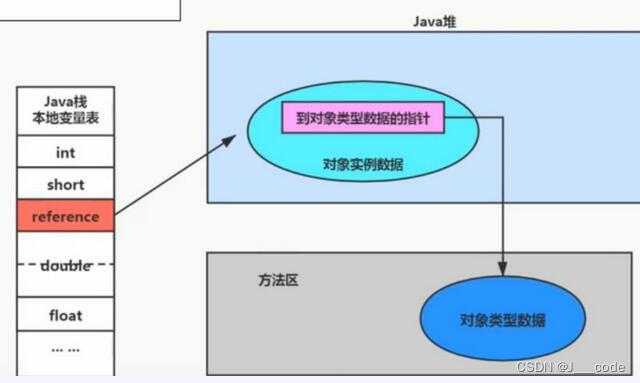
JVM内存和垃圾回收-08.方法区
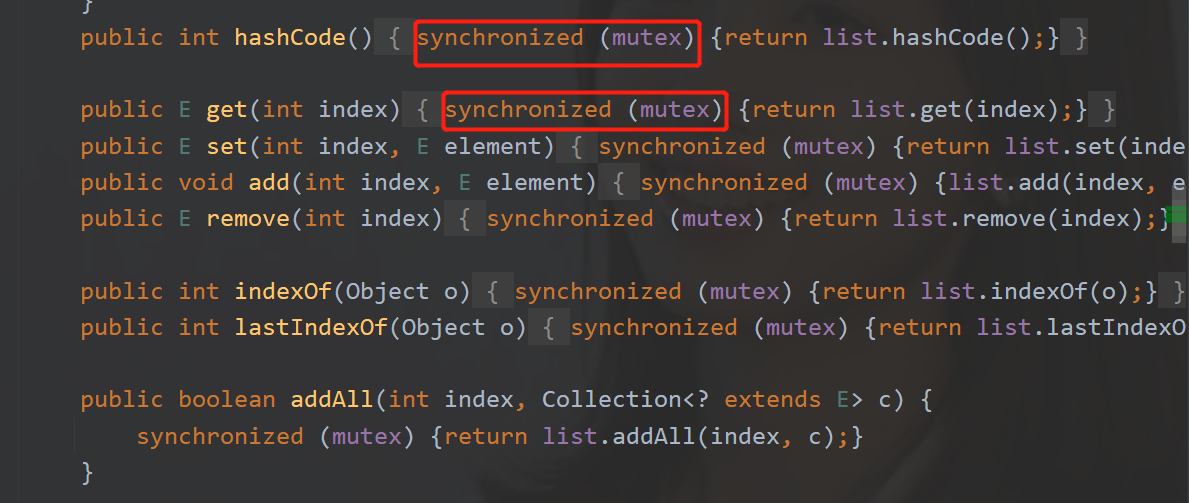
多线程学习笔记-3.并发容器
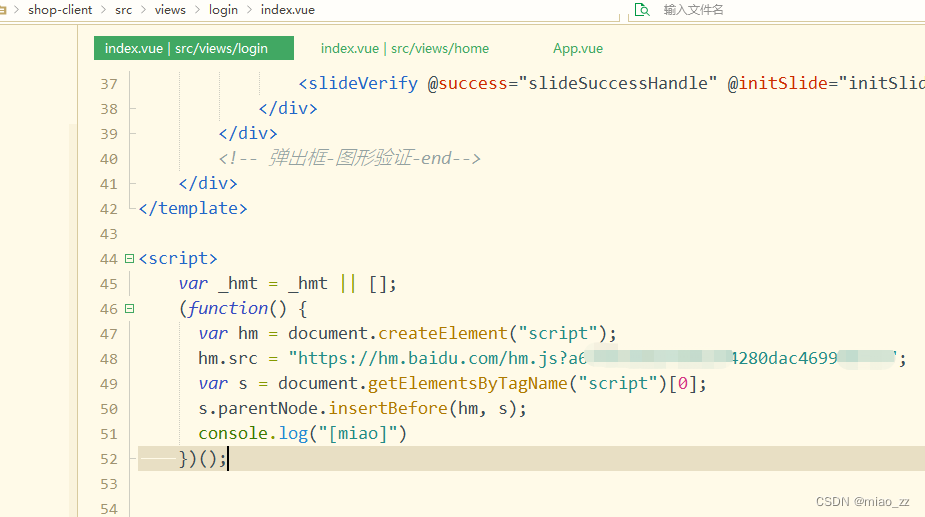
Learning and Exploration-Introducing Baidu Statistics to the Website

.NET云原生应用发展论坛--8月7日邀你一起云上探索
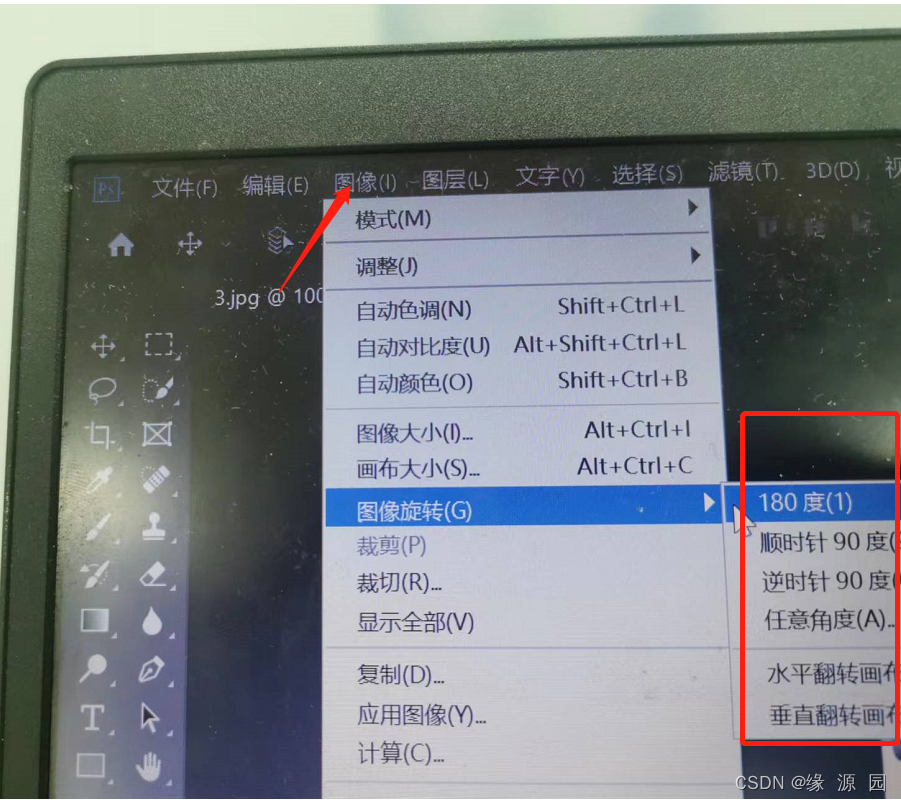
一张图片怎么旋转90度。利用ps
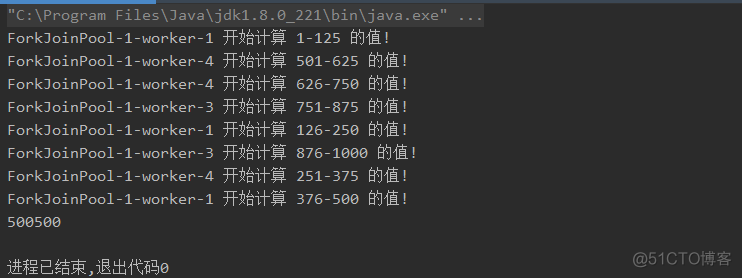
Fork/Join框架
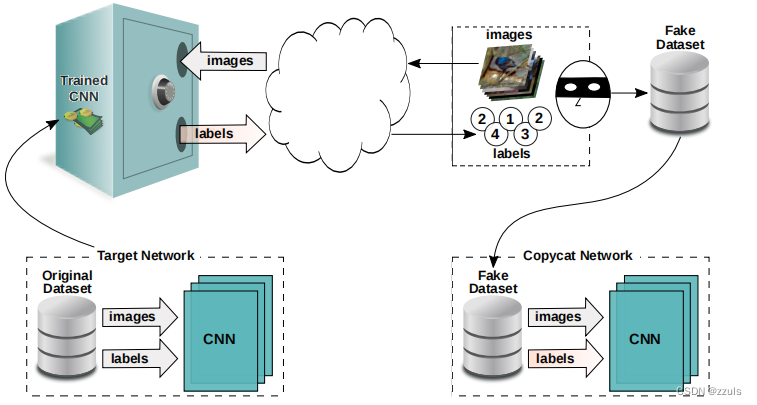
Copycat CNN: Stealing Knowledge by Persuading Confession with Random Non-Labeled Data阅读心得

麒麟信安石勇博士荣获openEuler社区年度开源贡献之星
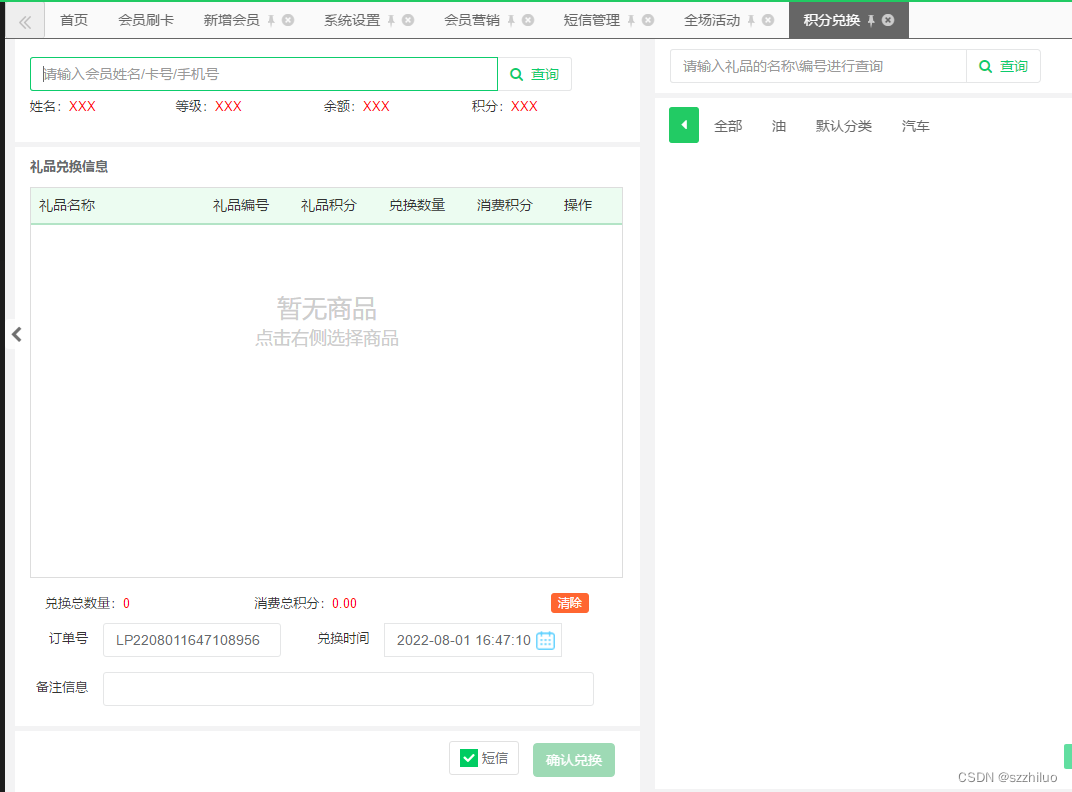
服装店如何利用好积分?

15 days to upgrade to fight monsters and become a virtual fashion creator
随机推荐
理财产品买入后份额是固定不变的吗?
Learning to Explore - Setting the Foreground Color for Fonts
【论文阅读】Decision Transformer: Reinforcement Learning via Sequence Modeling
C. LIS or Reverse LIS?
机器学习(十三):支持向量机(SVM)
设置表头颜色
Liunx删除乱码文件
RecyclerView 缓存与复用机制
西西成语接龙小助手
从云计算到函数计算
通关剑指 Offer——剑指 Offer II 010. 和为 k 的子数组
】 【 LeetCode daily one problem - 540. The order of a single element of the array
R语言ggplot2可视化:使用ggpubr包的ggbarplot函数可视化柱状图、color参数指定柱状图的边框的色彩
两个对象相同数据赋值
pyhon爬虫之爬取图片(亲测可用)
消灭异步回调,还得是async-await
SRM供应商协同管理系统功能介绍
软件基础的理论
【小程序】实现发动态功能
多线程学习笔记-3.并发容器